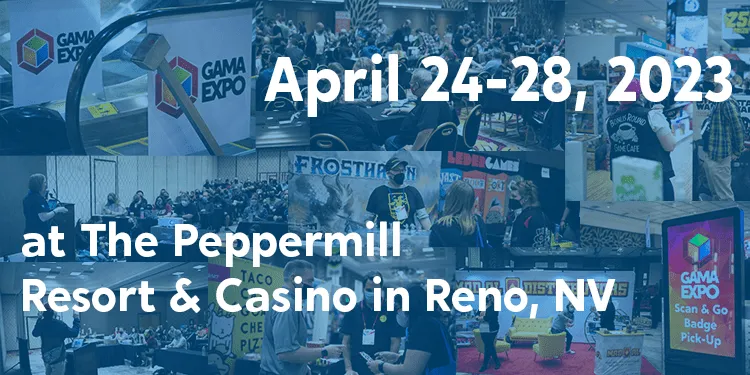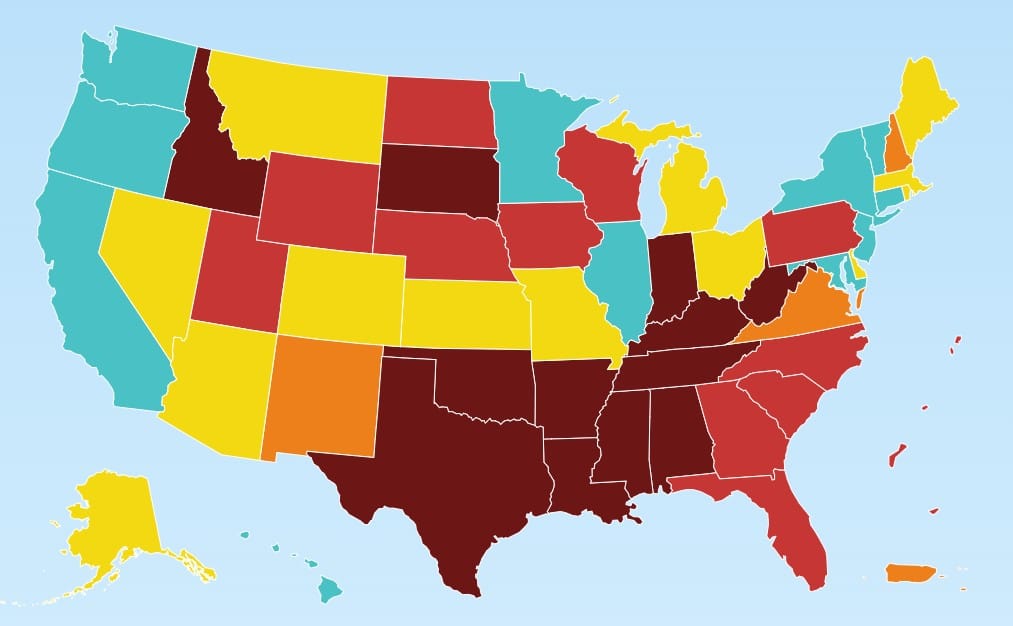The Site Selection Committee
The Site Selection Committee was formed back in 2023, and the culmination of this work is approaching. Join John as he shared his thought process with you throughout two years of work.


I would like to set the record straight, a record that goes back to the last year in Reno, NV, a great hotel in a terrible city that was so impossible to get to that people who lived in Las Vegas budgeted 24 hours to travel to and from it. It was in Reno that the current iteration of the Site Selection Committee was constituted, with Aldo Ghiozzi as our chair. I attended that first meeting, in part because I needed to complain about Kentucky, which is the asscrack of America, and Louisville, which is the gates of hell to Indiana. I thought our moving there was a gross miscarriage of justice to our members, and if it was already time to start the site selection committee process (and it was) I was going to make sure that I had a pitchfork and torch pointing out the evil shit done by state governments, and fighting to make sure we didn't put GAMA in another place where my buyer, who I would love to have at GAMA Expo, would feel like she wouldn't be safe.
So I attended that first meeting in Reno. We had a circle of chairs at the Committee Open House, where we could go sit and learn about the various committees. There were maybe half a dozen of us at that Open House sitting with Site Selection, and honestly, way too few people around the room. Side rant - GAMA has a lot of great committees right now that want representation from across the tiers; Market Expansion, Sustainability, Best Practices for Tabletop Media, DEI, Education, and Membership are all permanent committees, working always and all in need of help. Please join them, give of your time and energy.
The first time the SSC (which I will now use instead of typing Site Selection Committee) met there were more than 40 people in that Zoom meeting. It was...unhinged? That's not really the right word, but there were a lot of people with a lot of ideas, and we wrote down hundreds of cities. We made a list of things that were important, and we started thinking about how to weigh each of these important things. What was important?
It was important to me that each city treat humans with basic dignity and respect. The two primary resources used to measure this were the Movement Advancement Project and the Center for Reproductive Rights. If a state was ugly red on either of these maps, I actively campaigned against the state. My staff will travel in comfort. My friends and colleagues will travel in comfort. In the event of a medical emergency, my friends will be able to get the assistance they need. You can call me woke, or a libtard, or whatever you feel like, that's what the comment section is for, and it won't change my mind.

As a committee we decided over the course of a year what was important to us; a city that is a hub for at least one airline is easy to reach from more places, so hub cities were important. We wanted the cost to attend to not become astronomical, so room rates mattered at hotels. Vendors handle a great many expenses during the show; unloading trucks, drayage, rigging signs, getting electricity in their booth, etc., and we wanted to control these best we could. GAMA pays for meals and events, these costs matter. The rate to rent the convention center matters, because that's just cash out of GAMA's pockets, and GAMA does not have unlimited cash.
Then how much space do we need? GAMA needs at least 2,000 hotel rooms by the end of the next contract. It needs to have 300,000 square feet of exhibit space and at least 40,000 in ballroom space in year one, plus a couple dozen classroom spaces for seminars and premier presentations. The correct choice also has to have room beyond that 300,000 square feet to grow, so we'd like 300,000 in exhibit hall space in year one, but we could grow to 500,000 by year three or four in the new site, so that matters.

There is one other issue at work here as well, in that holding a convention in a city is an act of mutual consent. I'm a big fan of enthusiastic consent, yes means yes, and any other word, sound, or silence, means no. The age of 'qui tacet consentire videtur', or 'procédure d'approbation tacite', if you prefer, is long past. This is true for conventions as well. Just because we want to be in Denver, or Los Angeles, or whatever other city you want to name, doesn't mean they want us. We sent out hundreds of RFPs, and sometimes the answer we got was silence, and silence means no. We can't force a city to accept us, or even to respond to us, if they don't feel like it. They may have looked at our RFP and seen us as too small.
Convention centers are thought of as being in tiers based on the amount of exhibit space they offer, with Tier 1 centers having at least a million square feet of exhibit hall, Tier 2 having 350,000 to 999,999 square feet of exhibit space, and Tier 3 convention spaces are 125,000 to 349,999 square feet. We could use the very largest of the Tier 3 spaces, for a year or two, but really we're looking at the 52 convention centers in North America, or the forty in the United States, that have at least 350,000 square feet of exhibit space, making them Tier 2 or Tier 1. The KICC is among the larger Tier 3 convention centers, and there are literally hundreds of Tier 3 centers in the United States, but only a couple dozen that would work for us even briefly at the end of the KICC contract.
There are 43 convention centers with at least 350,000 square feet of exhibit space, which is the low bare minimum, and probably not enough even in year one. I'm more comfortable at 400,000 or more, so we're down to 38 convention centers. Of those 38, 17 are located in states that restrict the rights of women, our LGBTQ+ members, or most frequently, both. Those seventeen places are the among the many I actively argued against, and will continue to do so until people are treated equally. Of the 21 remaining convention centers, 16 are located conveniently near an airport hub for at least one airline someone has actually heard of and flown on.
Then we get back to consent. There are sixteen "acceptable" options; listed here from largest exhibit space to smallest; McCormick Place, Pennsylvania Convention Center, Javits Center, Stephens Convention Center in Rosemont, Huntington Place, Los Angeles Convention Center, Walter Washington Center, Moscone Convention Center, San Diego Convention Center, Pennsylvania Farm Show Complex, Colorado Convention Center, Boston Convention and Exhibition Center, Minneapolis Convention Center, Seattle Convention Center, and the Baltimore Convention Center. How many of these did we get responses from? I'm not completely sure, but I'm going to research that and get back to this with part two.
For now, I hope you've enjoyed a look at my side of the winnowing process. In part two I'm going to talk about RFPs we got back (depending on the notes I can find), and in part three I'll talk about site visits and the research that went into things during and after those visits.
Thanks for reading, and welcome.